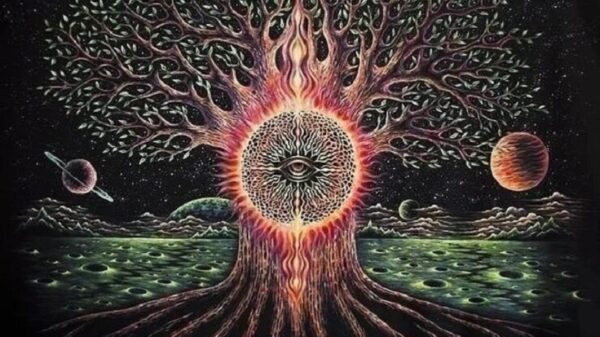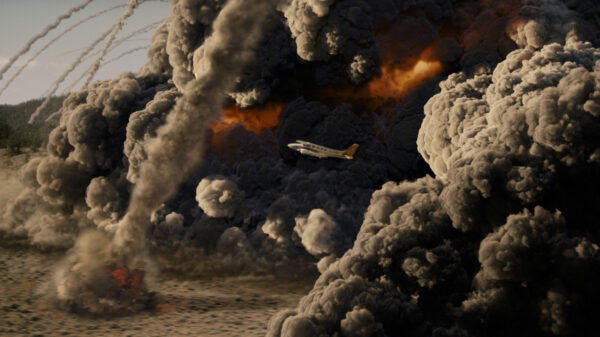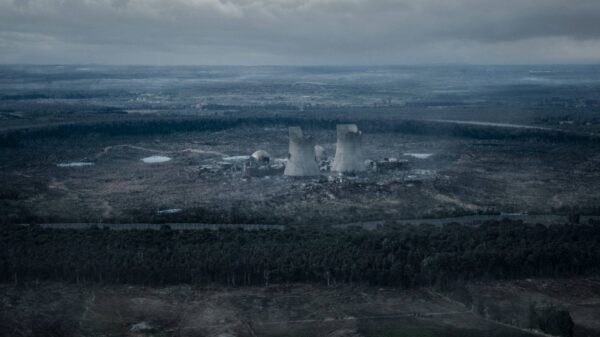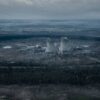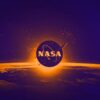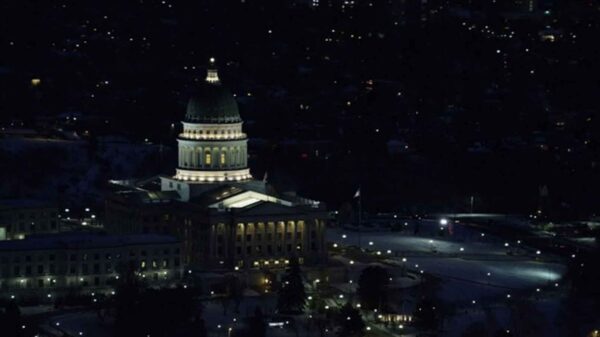Traditional sources of various astronomical and geological horror stories are often psychics who claim to have been shown such things in dreams and visions. Interestingly, it appears that renowned astronomers have also weighed in on the subject, with spaceweather.com releasing an entire film about a hypothetical scenario of three days of darkness potentially extending over three million years.
In broad terms, astronomers explain that the Earth, along with the entire solar system, is not situated in a pure interstellar medium but rather resides within a bubble created by the solar wind, known as the heliosphere.

Indeed, our Galaxy is far from empty, teeming with objects such as interstellar gas clouds and dust clouds. The likelihood of the Sun encountering such a cloud is approximately 1-2%.
In the event of a collision with an interstellar gas or dust cloud, simulations suggest that the heliosphere would contract to a mere 0.22 astronomical units (AU), a size considerably smaller than Mercury’s orbit.

Due to the heliosphere’s flattening, Earth is exposed to increased galactic radiation. It also starts receiving bombardments of hydrogen atoms and dust from the cloud. Evidence of such bombardments has been discovered in the layers containing australopithecine remains, leading astronomers to consider this as a potential cause for their extinction and the subsequent evolutionary leap.
The extinction of australopithecines might have been due to a dramatic increase in cosmic radiation, or perhaps the cold interstellar cloud’s components drastically affected the climate. Climate change has been known to cause the extinction of various species.
The intriguing aspect is that astronomers cannot directly observe a cosmic dust cloud in its path. It becomes visible only from a distance, as if viewed externally. Additionally, it’s possible to deduce the timing of an encounter with such a cloud through geological strata and then trace the Sun’s trajectory backward. Through this method, it’s evident that Earth passed through a gas cloud in the Lynx constellation millions of years ago. However, determining whether we are currently in a similar cloud is not feasible.
The most reliable method is to deploy instruments within Mercury’s orbit, where the heliosphere’s conditions are most apparent. Even if we are presently within an interstellar cloud, assessing this situation beyond Mercury’s orbit is challenging due to our limited understanding of the heliosphere’s normal state.
Interestingly, missions to study the Sun have increased in frequency, with numerous space agencies launching several satellites. This trend may indicate that NASA possesses additional knowledge.
For instance, there’s a hypothesis that we are at the edge of a massive interstellar cloud in the Leo constellation. If this is the case, our journey through it could hold further unexpected events, such as a period of darkness caused by a dense layer of cosmic dust.



